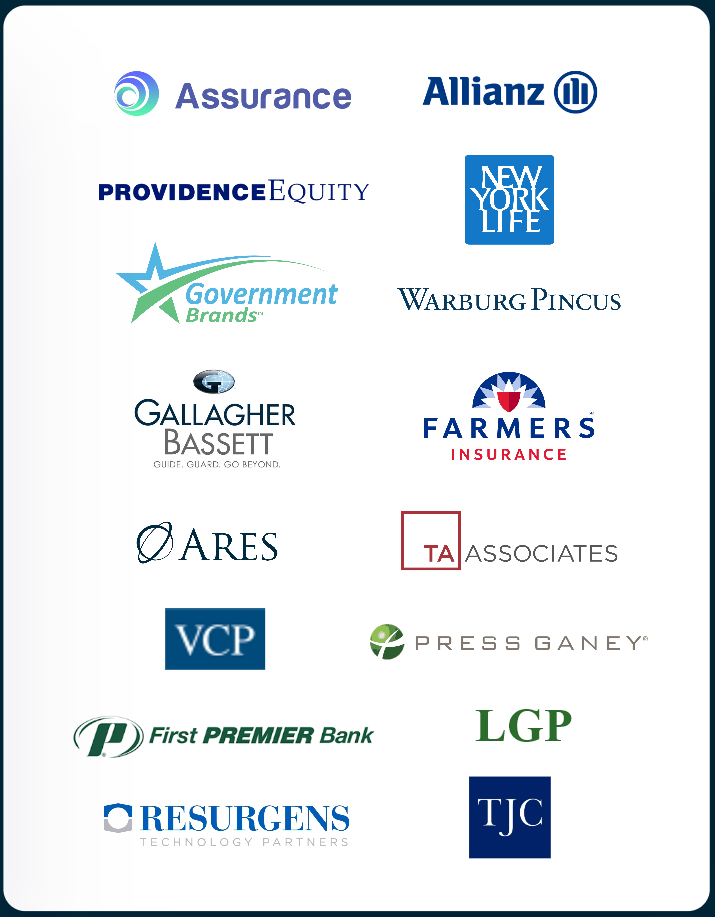
Why cloud and why now?
Legacy IT Infrastructures
Outdated technology foundations aren’t able to support growth & organizations are missing out on new opportunities because of it.
Cyber Security Threats
Breaches and hacks are increasing rapidly, resulting in data security nightmares for the unprepared.
Legacy Organizations
The writing has long been on the wall. Fast-moving, agile organizations are here to stay.
Personalized Experiences
Customers demand relevant, timely, and personalized experiences. And they’re speaking up with their wallets.
Your customers will thank you
The cloud enables organizations to do the following:

BUILD BIG
The only limit you have is your imagination.
Build scalable cloud platforms that create a lasting impact for everyone.

BUILD STRONG
You’re only as strong as your weakest link.
Build secure, complex solutions that stand the test of time.

BUILD TO WIN
Move forward. Move fast. Move confidently.
Build modern solutions that customers need.

BUILD WITH PURPOSE
Focus on what matters most.
Build a modern infrastructure for modern organizations.

Fortune favors the bold
Hereʼs how our customers' cloud journeys are empowering them to grow engagement, build loyalty and evolve business for the better.
The best way to predict
the future is to build it
the future is to build it
Here’s how we build
Single cloud, multi-cloud, or hybrid cloud: You name it, we migrate it.
Global engagments. Customer-first.
Our trusted partners
C1 helps customers reduce cycle times and get to market faster by building new cloud-native applications and
modernizing existing tools. Our expertise covers the big three cloud service providers.
modernizing existing tools. Our expertise covers the big three cloud service providers.

AWS Advanced Consulting Partner
With multiple competencies including DevOps, App Migration, and healthcare services.

Microsoft Gold Partner
With multiple competencies, including Application Development, DevOps, and Azure Cloud Platform.

Google Cloud Partner
With multiple certifications, including Cloud Developer Professional, Data Engineer Professional and CloudArchitect Professional.
Who we’ve done it for
State and Local Governments

Education and Higher Education

Heathcare

Finance

C1 Sets the Standard in Cloud Service Delivery
We help customers rediscover what is truly possible to bring their vision to life by developing progressive solutions that connect people with purpose. C1 continually helps customers respond to significant business transformation with intelligent cloud modernization journeys that unlock new business value and differentiate companies from their competitors.
We help great companies
with big challenges
with big challenges
Increase revenue with Cloud Modernization
Industry-leading cloud platforms provide the most value to your business and applications. C1 Cloud Modernization
helps customers get the most out of cloud technology.
helps customers get the most out of cloud technology.
SCHEDULE CONSULTATION
Featured Insights
ONLY 7%
OF U.S. ORGANIZATIONS ARE DIGITAL INFRASTRUCTURE LEADERS

Cloud / White Paper
Cloud and digital infrastructure resiliency drive business results
Access our white paper to learn how to harness five key attributes that drive cloud and digital infrastructure resiliency and help you succeed as a digital business.
DOWNLOAD NOW
We are biased for action
We believe four things are necessary to bring your vision to life.
_______
Organizations that make more decisions faster will outperform those who make fewer decisions slower.
_______
Cultural transformation will produce greater results than your best digital transformation plan.
_______
Change is the only path forward.
_______
You must tear through roadblocks and move past the unknowns.
We won’t promise you the moon,
but we’ll build you a rocket ship.
but we’ll build you a rocket ship.

